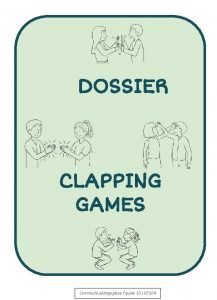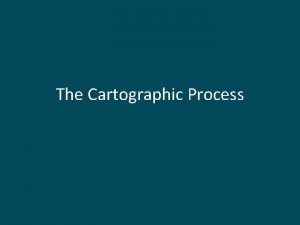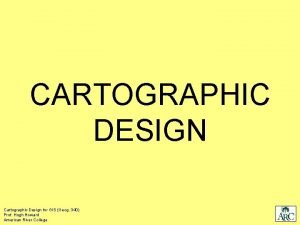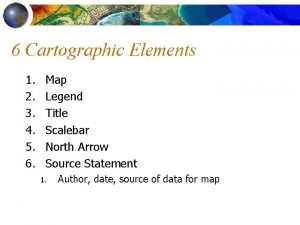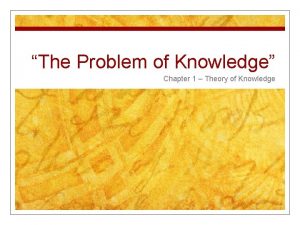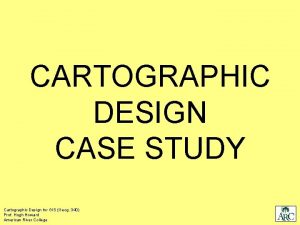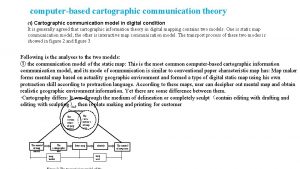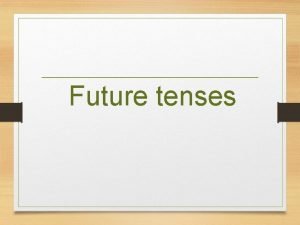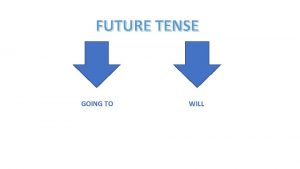The Cartographic Process Cartographic Process Going from unmapped














- Slides: 14

The Cartographic Process

Cartographic Process Going from unmapped data to map form

Cartographic Process* 1. Define purpose and meaning 2. Choose scale 3. Determine map format, printing limitations, and economics of re/production 4. Abstract and Generalize 5. Design Layout *Note: Does not need to happen in exactly this order…this is often a dynamic, iterative process

1. Define Purpose and Meaning • Interpret the requirements of the user. • What needs to be communicated? • How to best facilitate the communication of ideas?

2. Choose Scale Map Scale Ratio of map distance to earth distance Operates along a continuum from large scale to small scale

2. Choose Scale Map Scales (rule of thumb) Large Scale Map 1: 0 – 1: 600, 000 Medium Scale Map 1: 600, 001 – 1: 2, 000 Small Scale Map 1: 2, 000, 001 – 1: ∞

2. Choose Scale Selection of scale is possibly the most important decision a cartographer makes

3. Format, Printing, and Economics • What kind of map? • What type of map? • How will the map be displayed? • How much will it cost to create the map?

4. Abstract and Generalize • Only information that is potentially meaningful to the context should be included • Cartographers select and organize information necessary to communicate concept to map reader • Cartographers reduce the amount of detail on a map to create a simple visual image

4. Abstract and Generalize • Four methods to abstract and generalize Selection Simplification Classification Symbolization

4. Abstract and Generalize • Symbolization – Use universally accepted symbols when possible – Make sure discrete and continuous symbols are used appropriately – Use universally accepted colors when possible

5. Design Layout

5. Design Layout Map Elements • Map Body • Neatline • Insets (not shown) • Scale bar • Legend (not shown) • Title • Directional Indicator • Metadata • Ancillary Text • Ancillary Object • Graticule • Label

5. Design Layout • Scale, Size, Shape – Size of primary object – Shape of primary object – Media size and shape
 Tic tac toe going high going low going criss cross lollipop
Tic tac toe going high going low going criss cross lollipop Cartographic process
Cartographic process If you are going through hell, keep going
If you are going through hell, keep going Qualitative typographic visual variables
Qualitative typographic visual variables Cartographic elements
Cartographic elements Cartographic paradox
Cartographic paradox Hình ảnh bộ gõ cơ thể búng tay
Hình ảnh bộ gõ cơ thể búng tay Frameset trong html5
Frameset trong html5 Bổ thể
Bổ thể Tỉ lệ cơ thể trẻ em
Tỉ lệ cơ thể trẻ em Chó sói
Chó sói Thang điểm glasgow
Thang điểm glasgow Chúa yêu trần thế alleluia
Chúa yêu trần thế alleluia Các môn thể thao bắt đầu bằng tiếng bóng
Các môn thể thao bắt đầu bằng tiếng bóng Thế nào là hệ số cao nhất
Thế nào là hệ số cao nhất
